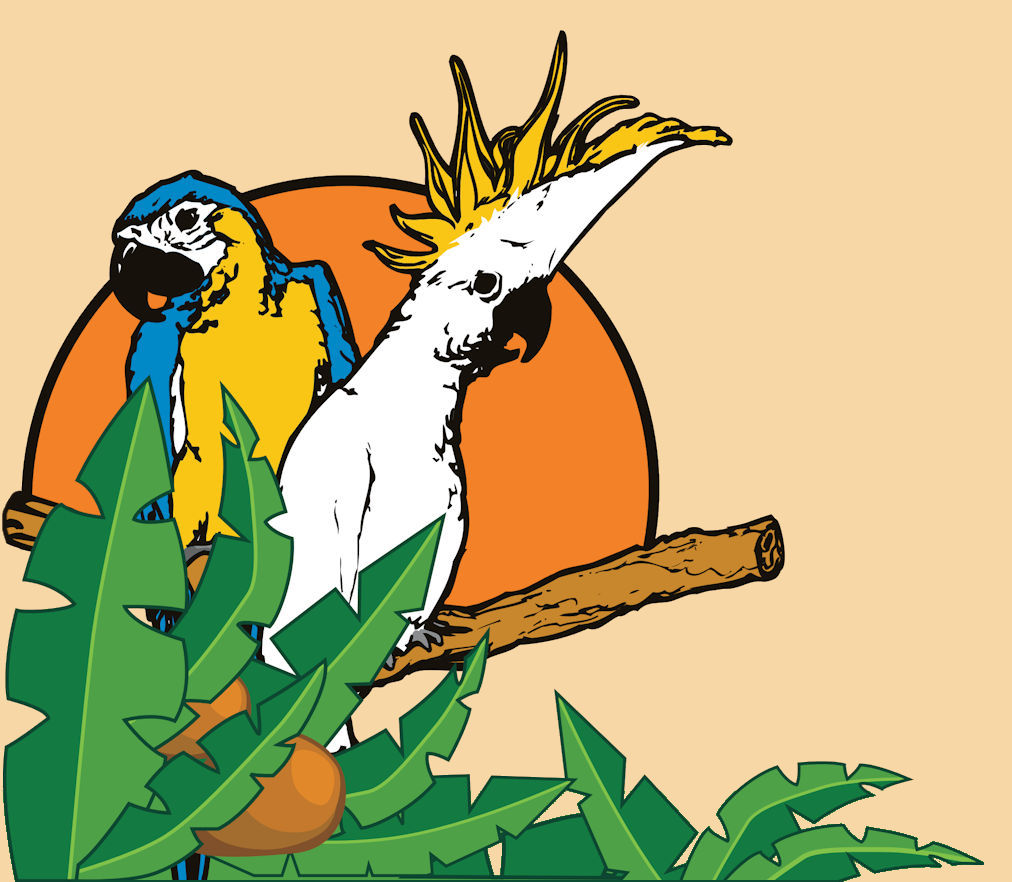An easy-to-make, healthy recipe, with a variety of vegetables, protein, and grain. Try doubling the recipe to prepare a large batch which can be separated into portions and frozen for convenient re-heat-able meals.
Ingredients
Directions:
1. Cook rice according to package directions. (This is a great recipe to use up leftover rice!)
2. In a small bowl, crack 2 eggs and scramble with a fork.
3. Chop the peanuts to a size appropriate for your bird. For large birds, leave them whole or halved.
4. Prepare the other ingredients, such as washing a dicing the carrot, washing and chopping the snow or snap peas if using them in the pod, and peeling and mincing the ginger.
5. Place a large pan on the stove and set to low-medium. Add the carrots, peas, peanuts, ginger, and pepper flakes to warm and slightly cook for a minute.
6. Add the egg to the pan and use a wooden spoon to push the mixture around as it cooks. When egg pieces start to form, add in the cooked rice and stir well to finish cooking all the egg.
7. Let cool and use the sesame seeds to sprinkle on top!
